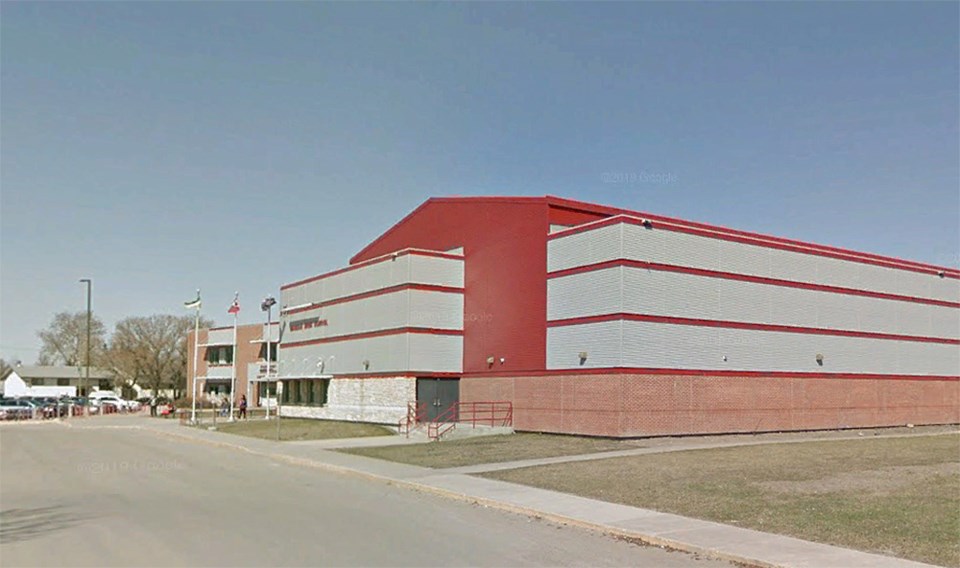SASKATOON — A small-town realtor is looking at a bright future of real state outside the city with numbers based on the latest province-wide census of a steady increase of people opting for simple living conditions.
Based on the 2021 census the population in seven of the 18 divisions in Saskatchewan went up with areas near major cities seeing a significant bump of people moving out of the hustle and bustle of urban living.
Watrous-based realtor Avril Reifferscheid said that despite the pandemic in the last two years, sales and listings in towns outside of cities increased as people prefer to live in smaller communities.
“Overall, we have seen more sales in our small towns during the pandemic, with a current inventory level that is much lower than pre-pandemic. This trend is in keeping with what is happening in the cities, but so far we haven't experienced the craze of multiple offer/bidding war situations,” Reifferscheid told SASKTODAY.
“I think there has been a stronger desire to ‘get away from it all, with that definition depending on the person. For some it means living at the lake or in the country, for others, it means a slower pace of life in a smaller centre.”
She added that their brokerage firm had its best year in 2021 as they look forward to another strong showing this 2022.
Divisions 6 and 11, with the cities of Regina and Saskatoon, are respectively grouped, had the biggest increase in population. But while Saskatchewan’s capital and its largest city remain the destination of choice, it is worth noting that nearby cities and towns also had a significant jump.
The towns of Pilot Butte and Regina Beach, less than an hour away from the capital, combined for a 16.4 increase in its population while Martensville and Warman, which are among the fastest-growing communities in the province, are less than 20 minutes away from Saskatoon.
The short drive means residents of these nearby towns can still enjoy the establishments, facilities and services offered by Regina and Saskatoon.
The population of Martensville increased from 9,655 in 2016 to 10,549 last year while Warman jumped to 12,490 from 11,020 five years ago. Division 15 cities of Humboldt and Prince Albert combined for a 2,294 increase from 41,495 in 2016 to 43,789 for 2021.
Overall the Census Metropolitan Area of Regina has a population of 249,217 from 236,695 in 2016 while Saskatoon CMA jumped from 236,695 (2016) to 317,480 (2021) or an increase of 22,385 people moving to Saskatchewan’s biggest city.
Rural living
Reifferscheid said lower-priced real estate in rural areas also became an option for many buyers when the lockdown began and people started working remotely.
“The hot markets in the big cities had people selling in [British Columbia] or Ontario and ‘downsizing’ to small-town Saskatchewan. Anyone working in essential services was finding that they were working a lot, but without the option of entertainment to spend money on they were accumulating enough cash to either renovate or move up,” she said.
She added that the demand for acreages surged and there was a renewed interest in smaller communities where life tends to go at a slower pace.
Reifferscheid said their local market had a much higher inventory level in all categories before the start of the pandemic. Lower interest rates also attracted more buyers.
“[However] one of our local mines had closed, eliminating many good-paying jobs and creating a buyers market. As international travel became limited during the pandemic, we saw a surge in demand for lake/vacation properties and places to get away closer to home,” she said.
“The lower interest rates made buying more attractive, and the desire for a place of their own spurred many first-time buyers to action. The option to work remotely made many buyers widen their search areas."
Uncertain years
She added that the real estate market also faced a lot of uncertainty at the start of the pandemic as economic analysts predicted that their sales could decrease by up to 80 per cent. But it was the other way around.
“So we were all braced for the worst when, in fact, the opposite happened. People spent more time in their homes and focused on what they wanted/needed in their houses. These wants/needs included space for all family members and, in a lot of cases, a home office as people started to work remotely,” said Reifferscheid.
They, however, needed to adjust as realty associations had to monetarily stop open houses and follow health protocols like the frequent use of sanitizers and the wearing of masks.
“We also limited showings to two people at one time, with only decision-makers attending viewings. This was not always well received, which made strong communication skills more important than ever. Some sellers were nervous about having strangers entering their homes,” said Reifferscheid.
“It became more important than ever to prequalify our buyers, and we made even more use of technology tools, for example conducting face time/virtual showings for clients who would have had to travel to view.”



